Dr. Dayna Long
Against the backdrop of the stresses and strains of the pandemic, the racial reckoning, the fires, a diverse group of advocates presented, questioned, speculated about where trauma-informed policy at the state and federal levels is headed going into 2021. The unique circumstances of 2020 required the legislature to prioritize immediate and urgent needs and seek flexible funding options to catalyze local solutions and control, according to participants in the September 29 event.
The webinar, sponsored by the California Campaign to Counter Childhood Adversity (4CA) and ACEs Connection, provided a substantive overview of policy, featuring children’s advocates in California and at the national level, a leading physician in the ACEs movement, and California Assembly and Senate budget consultants. Click here to view the 90-minute webinar.
The webinar was the second in a series. The first, on Aug. 27, addressed the fallout from the COVID-19 pandemic and the social unrest following the killing of George Floyd, as well as opportunities to push for policies that prevent and mitigate childhood trauma. (Click here for a story on the webinar by ACEs Connection staff reporter Laurie Udesky). The series is organized by 4CA, made up of more than 100 organizations. 4CA was founded by the Center for Youth Wellness (CYW). CYW, Children Now, Children's Defense Fund California and ACEs Connection serve as core facilitators for 4CA.
The stage was set by Dr. Dayna Long, Director, Community Health and Engagement, UCSF Benioff Children's Hospital and co-principal investigator of the Pediatrics Adverse Childhood and Resilience Study (PEARLS). She first provided a foundational overview of ACEs, trauma, and resilience (4:12-17:09 on the video) before she offered specific public policy strategies to reach the ambitious goal articulated by California's General Surgeon Nadine Burke Harris—to cut ACEs and toxic stress in half by one generation. (Click here to read Udesky’s interview with Long.)
“My broad vision as a pediatrician and leader in this space," said Long, "is to really transform pediatric health care so that we promote equity as a standard of care in an anti-racist and trauma-informed way to support the well-being of our children and families.”
The pediatric screening tool PEARLS includes three domains of the original ACEs Study (neglect, abuse, and household conditions) and a fourth domain—social determinants of health. These were described by Long as “the conditions in the environment in which people learn, play, work, worship, and thinking about how those factors are actually influencing health.” Screening seeks to identify children early on in life to prevent, heal, and mitigate the long-term consequences of toxic stress, said Long.
“We must remain grounded in the science…the biggest protective factors against poor health outcomes associated with the accumulation of ACEs are safe, stable relationships and environments," she said. "This requires helping the parent or other caregiver be the best buffer possible and eliminating food insecurity, unstable housing and inadequate childcare.”
Here are some suggestions Long offered about “where policy can go in order to particularly support children and families:”
— incentivize screening for the original ACEs plus the fourth domain
—provide basic income, childcare, and paid family leave
— support community-based organizations that are helping to address unmet basic needs like food concerns or inadequate housing as well as supporting mental health in our communities
— implement organizational and practice change to work towards evidence-based, anti-racist health equity promoting policies
—eliminate structural and institutionalized barriers
—develop innovative payment systems that reimburse providers not only for the screening but also help to create sustainability pathways to support mental health
—develop policies around data sharing analytics and how to make observations across systems that allow us to communicate and understand the impacts of stress on health
In the Q&A section of the webinar, Long also addressed the role of epigenetics in intergenerational trauma and described new research that shows how caregiver/parent-reported stress is directly linked to the physiology of stress dysregulation in their child. She also commented on using diagnostic codes (e.g., ICD-10) when the PEARLS finds adversity that includes family stress, general diagnostic codes, and codes for social determinants of health such as food and housing insecurity.
To a question about how to avoid stigmatizing and pathologizing students, Long said, “In the clinical space, we are destigmatizing screening. Stress affects everybody and asking these questions is our standard practice, so parents don’t feel targeted. We provide anticipatory guidance that conveys that stress impacts our hearts, minds and bodies and that your child is having an adaptive normal response to a maladaptive circumstance.”
Advocates and members of the public should engage with the California Surgeon General’s Office in its work, particularly around screening and network of care issues. Go to ACEs Aware (for information on training and other topics).
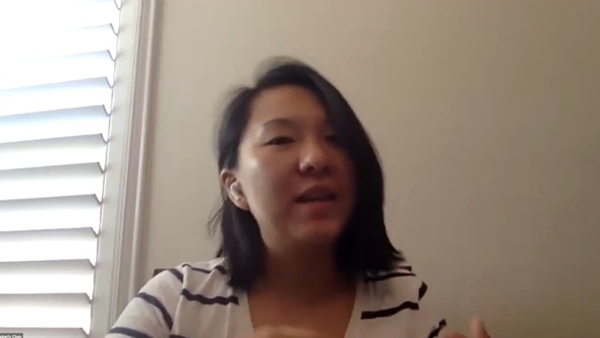
Legislative process in California impacted by COVID
Kimberly Chen, California Senate Health Committee consultant with a focus on Medi-Cal and kids-specific programs, said that the usual structured deadlines and processes were thrown off by the pandemic, hearings were cancelled, and the fiscal ability of the state to take on support for even existing programs was diminished. In that context, only two bills related to ACEs—one on trans wellness and another on preventive screenings for kids—were considered.
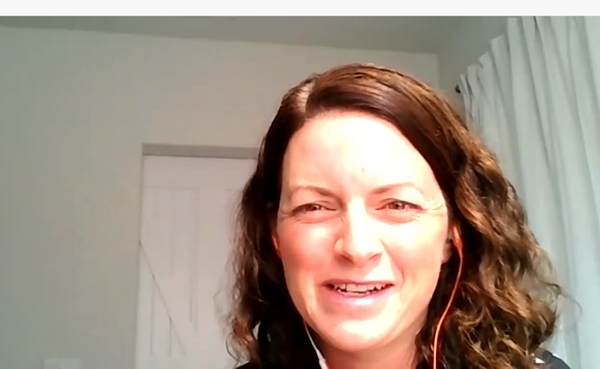
Looking back to the aftermath of the 2008 recession, Elisa Wynne, K-12 education consultant for the Senate Budget Committee, said there was a shift to survival and “transitioning to a new funding formula” to hold school systems accountable—not just for test results—but including multiple measures including student engagement, school climate, and how schools are serving students and communities.
Along with the new emphasis on accountability came a growing awareness of the mental health challenges being experienced by students, based on reports from teachers and school systems, according to Wynne. A 2019 hearing in the Senate around mental health of students was “eye-opening.” The response to the hearing and the growing awareness of student challenges informed the 2020 budget process that included a competitive grant program for school districts and other education entities to partner with their county behavioral health providers to combine resources to support students in school and in the community. COVID has put a hold on adding more cohorts to that program, although dollars are still moving through the system, said Wynne.
She explained that there are “a lot of great resources that have been developed around trauma and trauma-informed schools” and that funding from the CAREs Act was helpful, but it was only a one-time funding source. She says guidance for use of CAREs Act funding included language to encourage integrated supports (e.g., health counseling and mental health services), professional development for teachers, access to school breakfasts and lunch to prevent the trauma of food insecurity—examples of allowable use funding activities.
Wynne noted that the state is carrying huge payment deferrals (over $10 billion a year) and there is a need for additional federal funding.
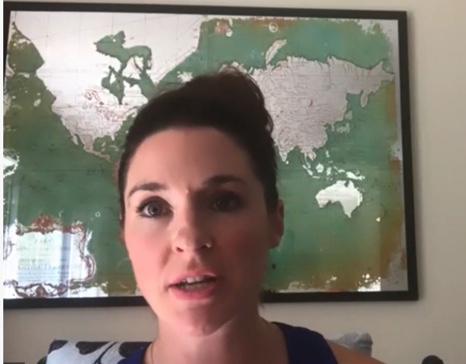
Perspective from the Assembly Budget Committee
Erin Gabel, who joined the Assembly Budget Committee as K-12 & Early Childhood Education consultant after a five-year tenure with First Five California, said that early childhood advocates have worked successfully in the last few years to break down silos and know “what children bring to school besides their backpacks”. Great progress has been made in the last decade to think about trauma and student-centered approach to public education, despite silos, according to Gabel.
She said advocates and “silo busters” have had successes in this year’s budget in spite of and because of COVID. At the request of Governor Gavin Newsom, this year’s budget recognized the importance of community schools and the expense of receiving funds through Medi-Cal through county health departments.
She said stable funds over the next five years are needed to support programs and expand them to meet the needs of students experiencing trauma. Funds were secured for reimbursement for California’s summer meal program, citing a pilot that provided a 75 cent per meal reimbursement and resulted in an incredible number of school districts stepping up that hopefully will continue in the future. Additionally, according to Gabel, a requirement for daily live interaction was implemented in response to “historically low mandatory reporter rates of abuse” that you would expect in normal times, recognizing the value of contact with at least one caring adult, even in a virtual learning environment. The idea of tiered re-engagement seeks to prioritize bringing students who are falling through the cracks back to campus safely for in-person instruction. Supporting providers/members of the workforce dedicated to early childhood education and childcare is vital because they buffer against ACEs and trauma.
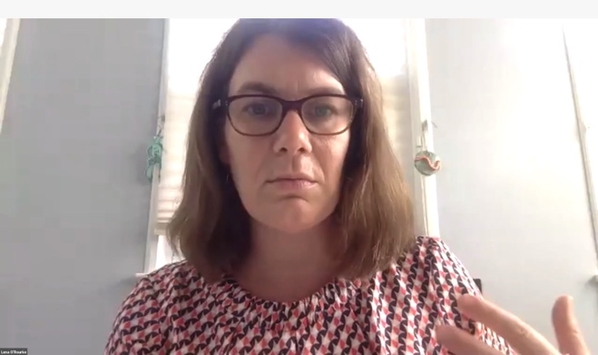
Role of Medicaid in supporting trauma-informed treatments and services and state innovations
Lena O’Rourke of Futures without Violence said states have taken advantage of guidance from the Centers for Medicare and Medicaid Services (CMS) that allows Medicaid payment trauma-related treatment and service. She says a number of states allow for the delivery of more specific trauma-informed services and some are beginning the transformation of state Medicaid programs to be more holistic and coordinated in addressing the impacts of trauma.
O’Rourke gave examples of innovations from New York, North Carolina, California and other states:
New York has built a trauma-informed health home that is a model of coordinating care that provide care coordination case management and enhanced services through Medicaid. In the first 15 months that program has been in place, the state saw 2700 children, bringing enhanced services in cases of complex trauma.
Beginning in 2021, the North Carolina Healthy Opportunity pilot gets underway for Medicaid-enrolled children exposed to violence and experiencing the symptoms of trauma and survivors of intimate partner violence with non-medical supports.
California has made changes to allow more billing for behavioral health services under Medicaid. Other states have enhanced and strengthened school-based Medicaid program using a financing mechanism to braid together different funding streams.
Federal context – Election impact and COVID relief
The outcome of the election and the resolution of the debate around another COVID relief bill will have a major impact on Medicaid policy, delivery of health care services, and prospects for legislative proposals that address trauma, according to O’Rourke. Targeting resources to the types of programming that really make a difference will be impacted by the election results and the receptivity of Congress to consider trauma-specific legislation such as the STRONG Support for Children Act (H.R. 8544) just introduced by Ayanna Pressley (D-MA).
O’Rourke says the new legislation “provides two new grant programs administered by the U.S. Department of Health and Human Services (HHS) to support local public health departments and community partners to address trauma and to ensure that trauma-related programming is available and accessible throughout states regardless of immigration status and really acknowledging and being responsive to healing-centered, neighborhood-based, gender responsive, culturally specific, and trauma-informed approaches.”
Building the network of care
Even with the disruption of COVID, 15,000 people in the state have taken the ACEs Aware training, said Long. She said she would love to see every provider in the process of implementing universal screening a year from now. This would require a huge shift for physicians and other healthcare providers, she said. In addition, networks of care must be created and sustained to ensure that needs are met when a family screens positive for food insecurity or mental health needs. People need to get connected to resources in a way that allows for all directions of communication, i.e., multi-directionality.
O’Rourke noted that Medicaid could be leveraged to help build the network of community-based providers, including community health workers, and medical providers. She also commented on the importance of technology in building a referral system that addresses both real-time capacity and appropriate matching of services, all the while maintaining privacy of patients and their families. She cited the example of the North Carolina pilot that has a goal to build this sort of coordinated network of community-based organizations that can provide non-medical supports and includes increasing the role of Medicaid to reimburse for these services.
Impact of the Digital Divide
Gabel reported that legislation is being drafted to bridge the digital divide and the address the different impacts on children in urban and rural settings. She said in the time of COVID, a lack of connectivity is “probably one of the biggest inequity makers in our modern society” because of the barrier it creates to access telehealth, apply for unemployment insurance, engage in public education—inequities on our society are being further perpetuated in both rural and urban communities. She concluded that Internet access needs to be seen as a public utility. The Assembly Education Committee plans a hearing on October 14 on student connectivity and distance learning.
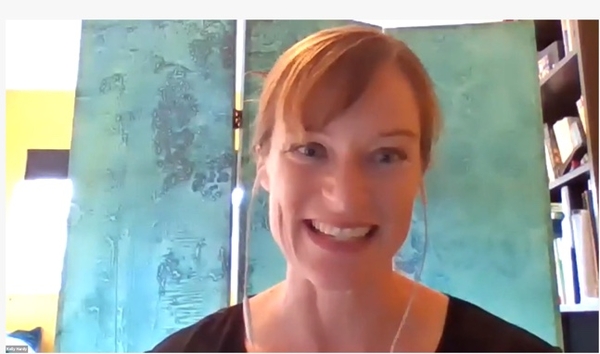
Conclusion
In addition to the webinar speakers, other resource people on hand included Donielle Prince, Community Facilitator for ACEs Connection; Janis Connallon, Children’s Defense Fund California; and Kelly Hardy, Children Now. For Hardy, the 2020 legislative session was forward looking and held up the power of working across sectors, breaking down silos and listening to children and their families and taking their lead about what supports are needed to thrive.





Comments (0)